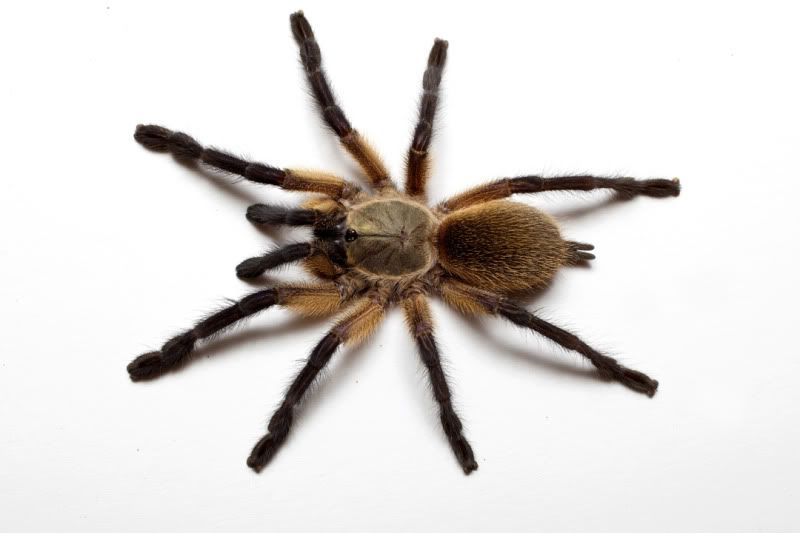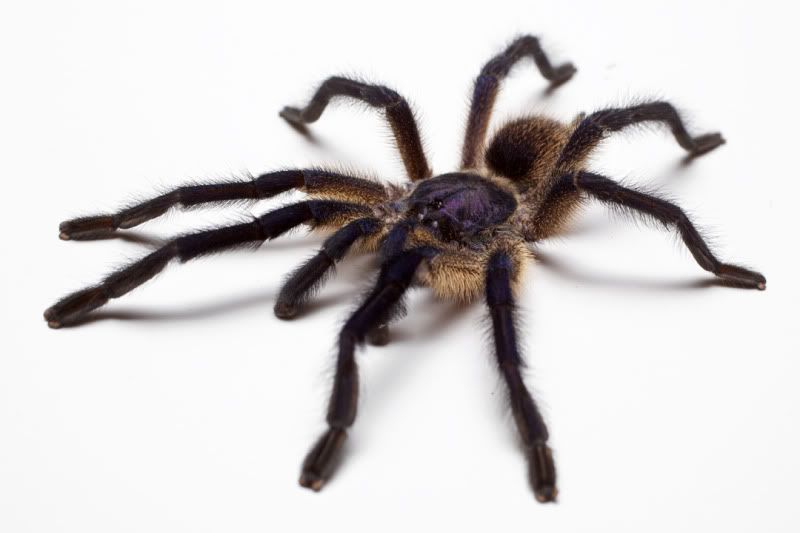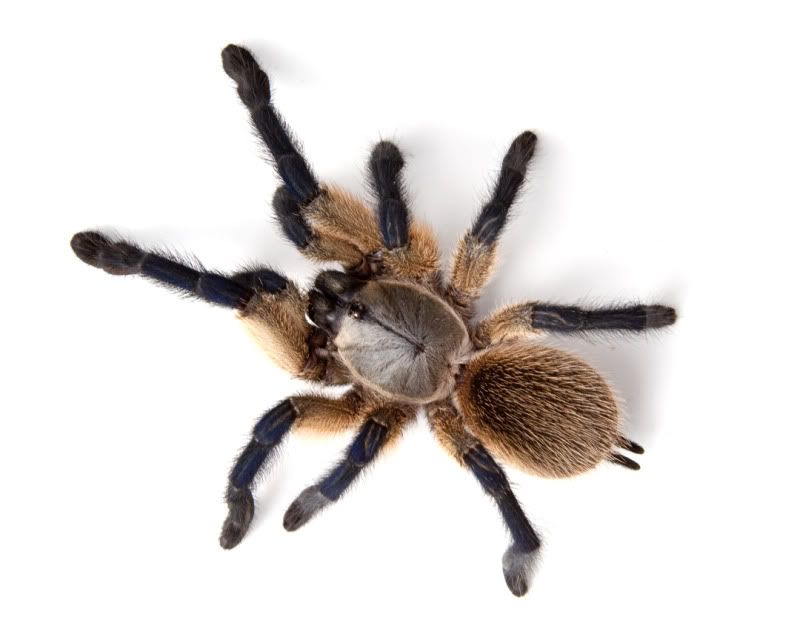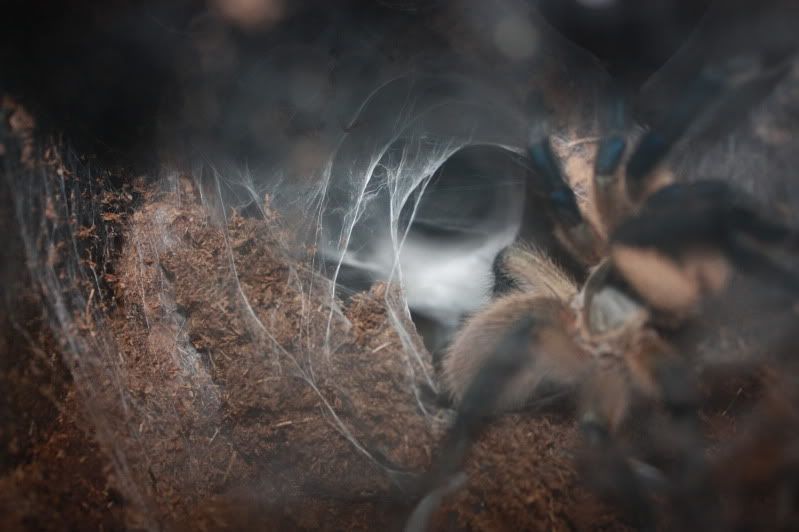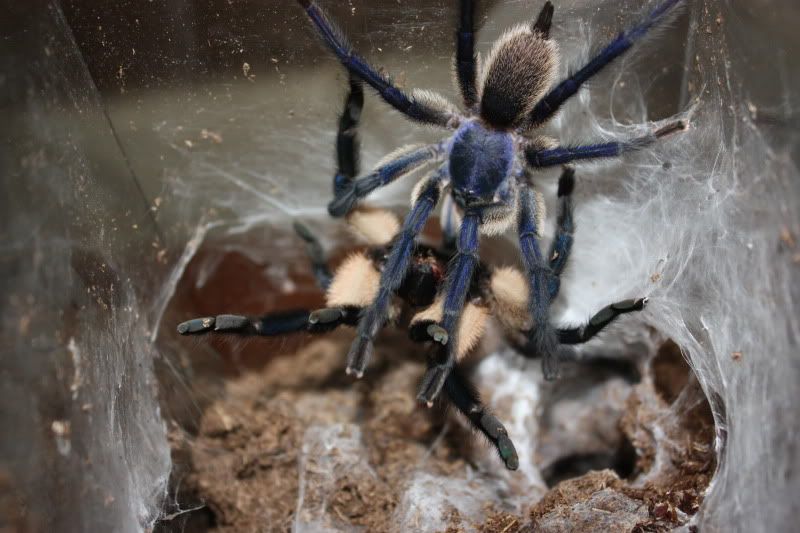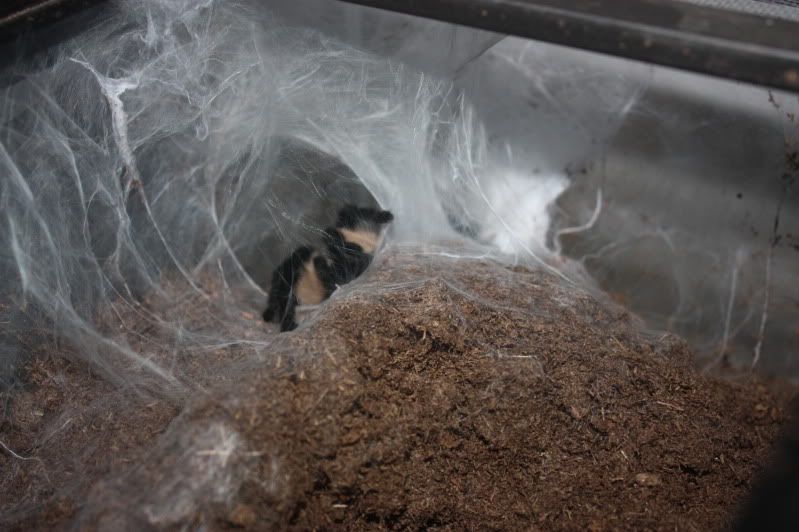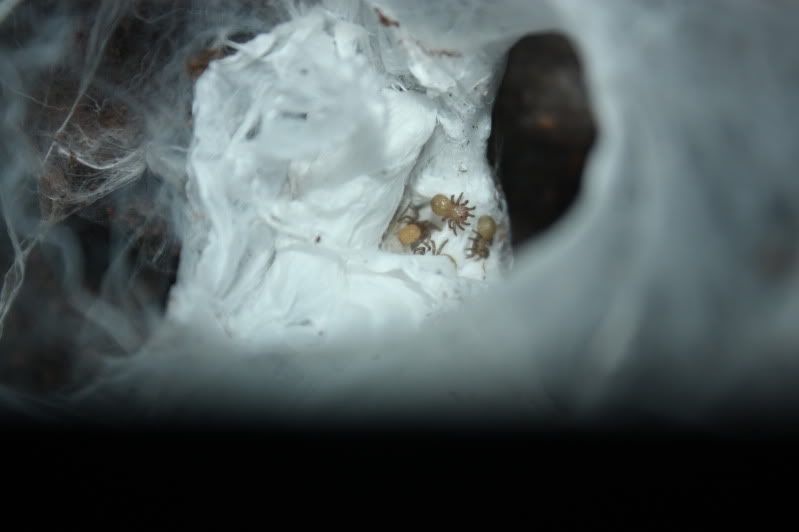HomoPortoricens
Arachnopeon
- Joined
- May 8, 2008
- Messages
- 26
Hi, everybody, i ve been out of the hobby ( and Arachnoboards as well) for two good straight years, lot of transitions here and there, and with the fact of also residing in the U.S now ( thanks to the army). for those of you who remember my posts about species of scorpions and tarantulas from puerto rico, i will be establishing myself in the breeding bussiness (here in the states) and possibly will introduce some species from puerto rico (legally, of course) in the hobby. But, back, to the original intention of this thread that i decide to post today, i was wondering how has been your experience with the fascinating M. Balfouri. So far i've seen good feedback about this species from people keeping them. I, Myself, recently aquired three specimens and i intend to reach a good number of these ( about 12-14) for breeding purposes ( good breeding biodiversity). Some people praise them, some people dislike them and take away credit of their beauty, but to me it seem like a very promising species to the hobby, similar in a way that a P. Metallica or any other sensational spider has been in the hobby ( well, hopefully more). How has it been (difficulty wise) to raise a spiderling of this species into a fully capable, mature specimen. also what experiences have you had with food,longevity, soil, and hardiness, and especially, how fast do they take to mature ( for those have actually raised a sling to an adult)? mine feed uncontrollably which i find a highly desirable trait. So far they make silk funnels and they are highly photofobic. Well, any feedback from people that have had them for a while is greatly encouraged!:wink:

